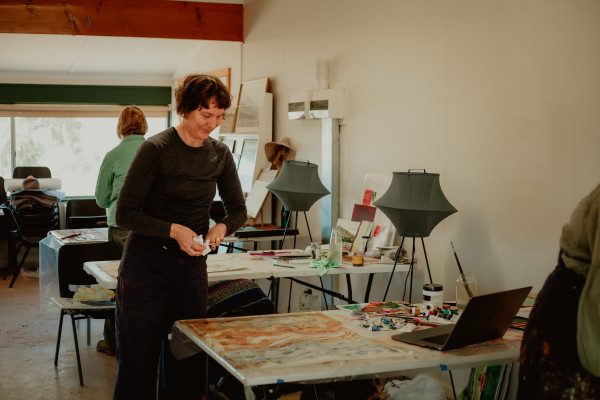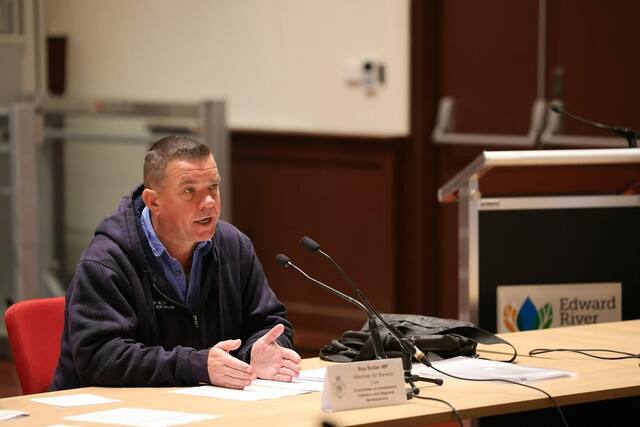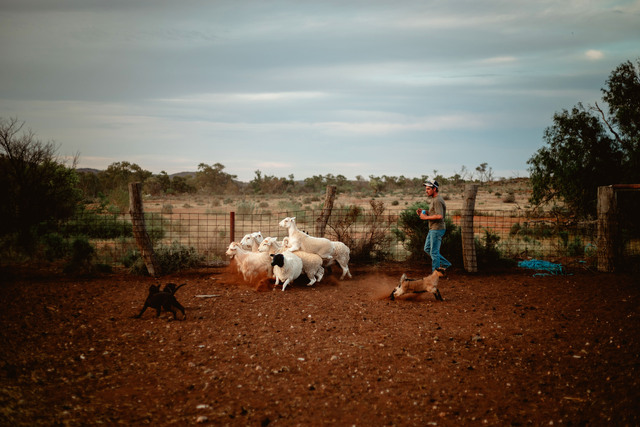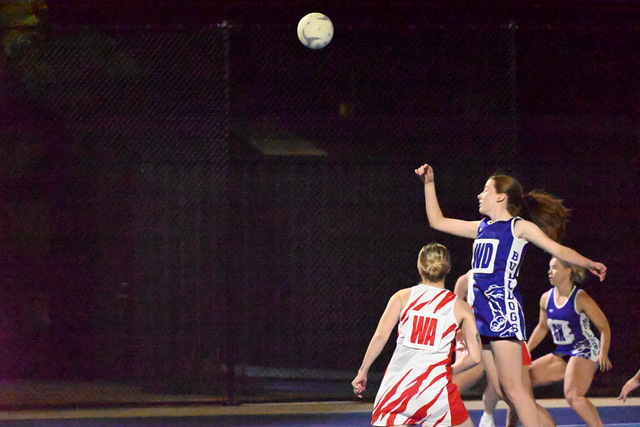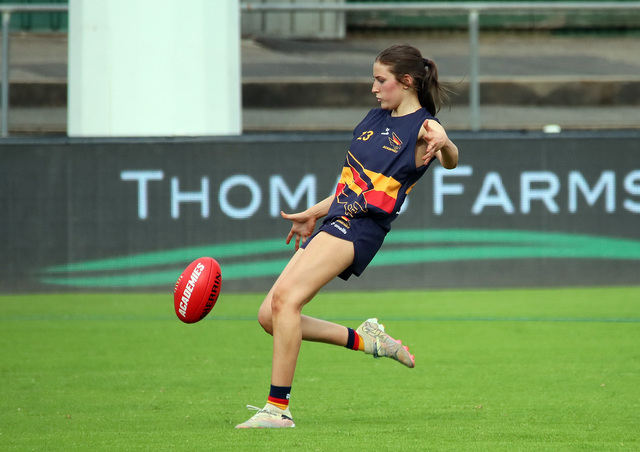FOWLERS Gap research station housed artists from throughout the country for the last week, who’d travelled to the region to undertake a multimedia arts workshop with artist Ash Frost and local potter Lyndy Marshall.
Frost has hosted the workshop multiple times before and said he’s starting to become familiar with the station, though said it’s still an exceptionally large and varied spot.
“I’m beginning to get familiar with it but it’s a big place to take in as a painter,” he said.
Aspiring artists came from throughout the country, with many experiencing the Outback for the very first time on the trip.
“Some of them were students from our classes in Bondi and Camperdown,” Frost said.
“And then there are other that kind of came from Queensland, northern New South Wales, different parts of Sydney. I think only one or two of them had done trips to inland Australia, and for most of them or for all in fact, except one, it was all very new.”
The artists spent the week partaking in landscape painting, drawing, monotype printing with Frost, and learning ceramics and Raku firings with Marshall.
Frost said that introducing the raku firing with Marshall on the Friday evening was due to the workshop being hosted in the winter for the first time.
“We had a firing on the Friday night to coincide with a barbecue,” he said.
“It was wonderful and then the students came down around the fire and obviously on the Saturday morning they were able to get their fired items out of the pit.”
Frost said the workshops were busy but very fulfilling, and having Malyangapa man Mark Sutton welcome to group to Country was a highlight as always.
“We’re really grateful that Mark comes out and does Welcome to Country, but also gives a really nice insight into the history of the area, the Indigenous history and some of the later colonial history, in a very pragmatic way where everyone can get their heads around it,” he said.
“And Lyndy is also fantastic, she knows so much about the area. We can sort of come into this place and feel a bit more connected, not only to the landscape, but also to the community.”

